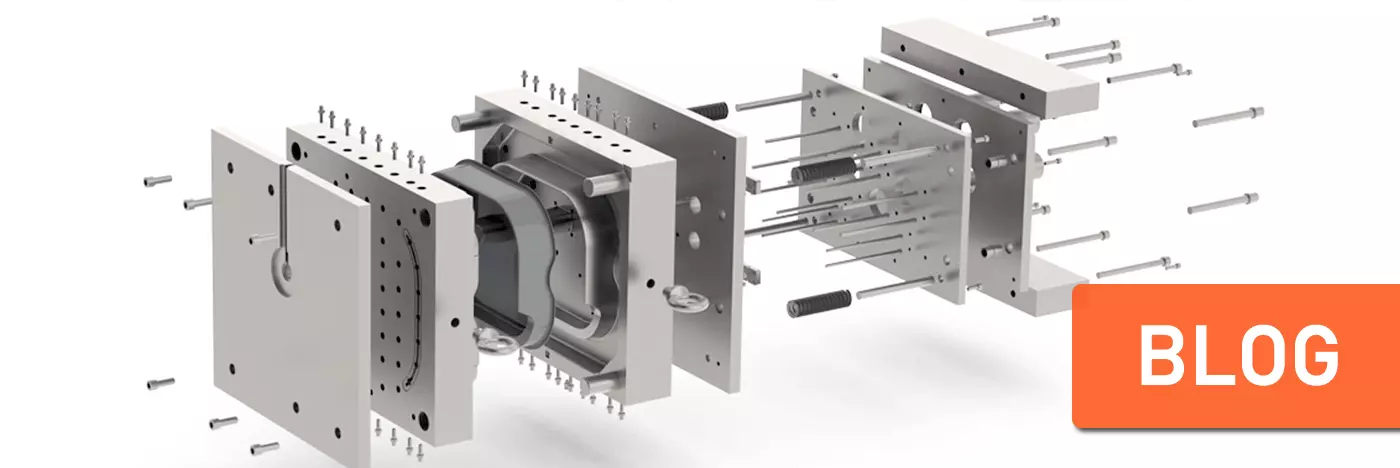Weeks Top Stories About Plastic Injection Tooling Uses

What is the meaning of Plastic Injection Tooling:
The core of injection molding is the injection molding tooling. Plastic injection tooling, more precisely tooling design, influences the accuracy of the molding procedure and the components produced, whether it's a complicated application or a simple item. Clients are guided away from random injection molding tooling layout choices in favor of data-based accuracy by injection molders and toolmakers knowledgeable in the application and usage of scientific molding. It may sound simple, but there are many things that might affect how plastic injection tooling is designed, engineered, and how the results turn out. Engineers at Plastic Injection Molds with specialized training in modern molding can easily spot possible errors and offer assistance in avoiding them.
Meaning of Injection mold tooling:
An injection mold is one of the specifically designed tools used throughout injection molding tooling to mold molten material into plastic objects. Manufacturers construct these molds for specific plastic products they want to produce. The most common kind of injection mold is a two-plate tool. The types of injection molds are numerous. Injection mold tooling typically consists of steel and has chambers where the parts will be created. Melted plastic is injected into the mold cavities to fill them. As soon as the mold cools, pins release the components. To get the desired outcome, do this process similarly to filling and chilling a jelly mold.
Considerations for designing injection mold tool design:
Together, design team, tooling technicians, components engineers, industrial engineers, service engineers, and lab techs decide on the product's specifications, the functionality of the mold component, the material of the mold, the operational limitations, and any required material improvements and developments during this initial stage of making the injection mould tool design.
The team pays close attention to any potential component geometry or tolerance issues that might lead to poor steel conditions or necessitate the use of specialized tooling features like lifters, sliders, and threading/unthreading. To pick the appropriate mold steel and consider mold cooling, the chemical and physical properties of the chosen resin are also assessed.
Mould tool design uses:
The items that are created using techniques like injection molding or blow molding come to mind when the terms molds and tools are spoken. It is incredibly important to get these components properly the first time because they may be utilized for a variety of various processes in a variety of different professions and businesses. A block that has been hollowed out serves as a mold to determine how a product will be shaped. An injection mold tool design can be made of several materials, the most popular of which are copper, steel, aluminum, and steel alloys. It also consists of many parts.
Importance of choosing the right injection molding tool design:
Finding and acquiring the various equipment and parts needed to make anything is known as tooling. Among the many areas it covers, hooks, fittings, gauges, dies, molds, cutting patterns, and equipment are the most popular. Choosing injection molding tool design involves more than just going with what's readily accessible or what other people are doing. Keep in mind that the results of the tooling procedure have a direct impact on the final product's quality and the associated expenses. Because of this, if you are given control of the process, you must exercise tremendous caution.
Choosing the right material for mould tool design:
There are hundreds of material choices because of the market's availability of tens of producers, composites, additives, and fillers. It could be overwhelming. In actuality, the majority of the market is made up of a small number of commodities. If you begin with a few fundamental properties of the material, it will be simpler to comprehend. Nothing more than collections of polymer chains make up plastics. Varied kinds of plastics have different polymer chain compositions. The characteristics of the plastics and your component are significantly impacted by that variance in manufacturing the perfect mould tool design. It is possible for two polymers to share a similar appearance yet function quite differently.
Benefits of choosing the best:
Your objective is to identify the plastic manufacturing tooling that is best for your project. As a consequence, this became the passion of skilled technical professionals and designers. You receive professional advice on your part from the team of engineers. All the way from design and manufacturability through flow analysis. It's nothing new to mold your pieces and figure out ways to put them together, including doing comprehensive testing to verify quality!
Endnote:
Plastic injection tooling is a combination of art and science that helps clients achieve an efficient industrial process, lower costs, and unmatched product superiority. The capacity to provide solutions that are appropriate for your intended use depends critically on your chosen team’s mix of architectural and prototyping knowledge. Overall, the procedures should offer affordable prices and exceptional quality.




